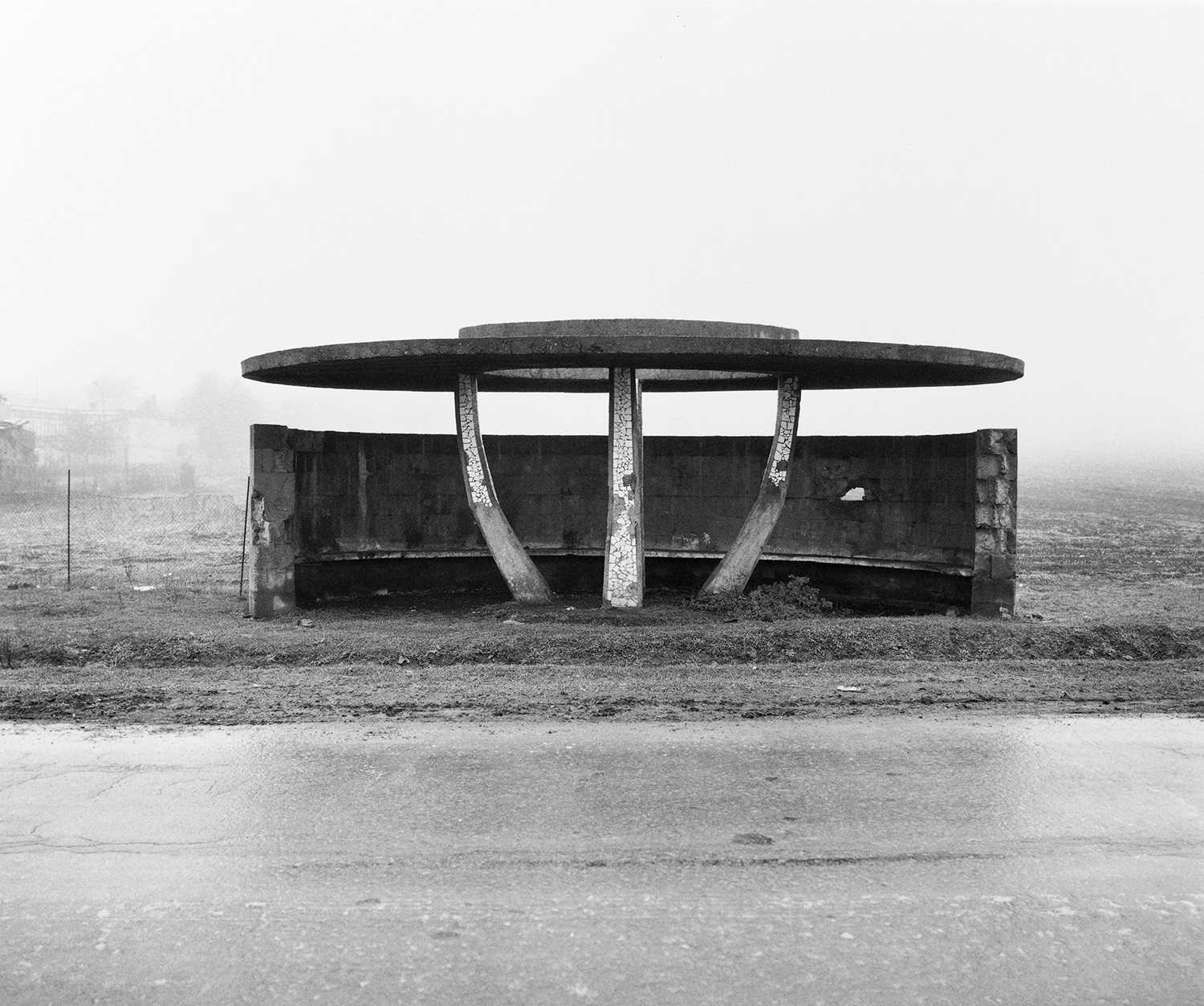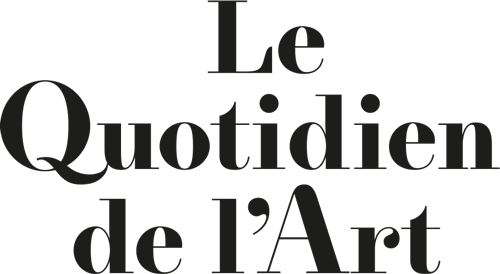Ursula Schulz-Dornburg
Zone gris / The land between

The MEP presents “Zone Grise / The Land in Between”, the first major retrospective in France of the photographer Ursula Schulz-Dornburg.
The exhibition
With a career spanning more than five decades, Schulz-Dornburg’s work explores the complex relationship between the built environ- ment and the landscape. Often drawn to sites of social, political and cultural conflict or areas which hold histoical importance her work highlights how power, conflict, time and decay disrupt and transform the landscape leaving traces for decades to come.
This major exhibition explores Schulz-Dornburg’s practice through the lens of three overarching themes prominent in her work; boundaries and borders, architecture and the built environment, and the human impact on the environment and landscape. Her work in Iraq, Mesopotamia, Syria and along the border between Georgia and Azerbaijan explores the history and consequences of boundaries and borders both natural and man made, highlighting how shifts in power and the rise and fall of empires affects and changes the landscape and the people that live in them. Architecture and movement is explored in the series ‘Transit Sites, Armenia’, ‘From Medina to Jordan Border’ and ‘Ploshchad Vosstaniya – Upraising Square’. Highlighting how the built environment and state infrastructure often outlives the power structures that built it.
Finally, the human impact on the environment is explored in the work ‘Opytnoe Pole’ and ‘Chagan’ documenting former nuclear test sites in the Soviet Union and in her installation Wheat, Vavilov Institute, St. Petersburg. Both of which focus on the relationship between power, politics and human destruction of the environment and natural resources, a theme which today feel very timely.
Time is central to Schulz-Dornburg’s practice, however she is not concerned with documenting the aftermath or capturing the indexical moment, instead she is interested in the cycles of time and decay, and the time in between one great historical event and the next.
Schulz-Dornburg’s practice is connected to the systematic process driven approach and formal rigor of minimal and conceptual thinking that emerged in the 1960s and 1970s. Each body of work is installed at the Maison Européenne de la Photographie as an installation conceived by the artist for the space. The exhibition includes more than 250 works made between 1980 and 2012.
The artist
Ursula Schulz-Dornburg was born in 1938 in Berlin, she lives and works in Dus- seldorf. From 1959-1961 she studied at the Institute für Bildjournalismus in Munch. In 2016 she was the recipient of the AIMIA/AGO Photography Prize.
His work features in the collections of the Museum für Fotografie, Berlin; Kunst- museum, Bochum; Albright Knox Museum, Buffalo; The Art Institute of Chica- go; Museum Ludwig, Cologne; Museum Kunstpalast, Dusseldorf; Städel Museum, Frankfurt am Main; Tate Modern, London; J. Paul Getty Museum, Los Angeles; Milwaukee Art Museum; Minneapolis Institute of Art; Pinakothek der Moderne, Munich; NY Public Library, New York; National Gallery of Canada, Ottawa; Bibliothèque nationale de France, Paris; Musée d’Art Moderne de la Ville de Pa- ris – MAM/ARC, Paris; IVAM – Institut Valencià d’Art Modern, Valencia; The Corcoran Gallery of Art, Washington D. C.; National Gallery of Art, Washington D. C.
Partners & patrons
![]()
In conjunction with her retrospective at MEP, SNCF Gares & Connections, a branch of the French national railway company, is organising an original exhibition in front of the Gare de Lyon train station, presenting two series by Ursula Schulz-Dornburg: “Transit Sites, Armenia” and, shown for the first time, “ Fishmongers, Lake Sevan, Armenia”, from December 4, 2019 to February 16, 2020.
Media partners
![]()
![]()

![]()
![]()